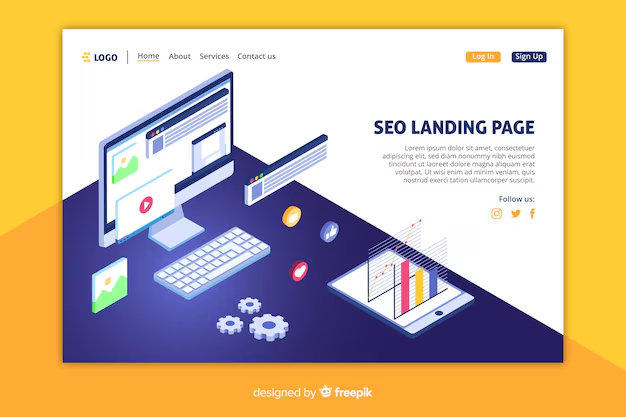In the world of web development, creating a lightweight WordPress theme is crucial for ensuring fast loading times and providing a better user experience. A lightweight theme not only enhances user satisfaction but also positively impacts SEO, helping your website rank higher in search engines like Google. In this guide, we will walk you through the essential steps to develop a lightweight theme that boosts your site's performance.
1. Start with a Minimalist Design
A minimalist design is the foundation of a lightweight theme. Focus on clean, clutter-free layouts that prioritize content over heavy design elements. Use fewer images, avoid unnecessary animations, and keep the design simple yet elegant. Minimalist themes load faster because they have fewer elements to render, resulting in a better user experience.
2. Use Clean and Well-Structured Code
Clean and optimized code is key to developing a fast-loading theme. Avoid bloated code and ensure that your theme files are well-organized. Write semantic HTML and use CSS classes wisely. This not only makes your theme easier to maintain but also improves readability and search engine indexing. Tools like PHP's output buffering can be used to improve performance further.
3. Optimize CSS and JavaScript
Large CSS and JavaScript files can significantly slow down your website. Use the following techniques to optimize them:
- Minify CSS and JavaScript: Remove unnecessary spaces and comments using tools like CSS Minifier and JavaScript Minifier.
- Combine Files: Combine multiple CSS and JavaScript files into single files to reduce HTTP requests.
- Load Scripts Asynchronously: Use
asyncanddeferattributes to load JavaScript files without blocking the page rendering.
4. Leverage Browser Caching
Browser caching can significantly reduce load times for returning visitors by storing elements like images, CSS, and JavaScript files locally on their device. To enable browser caching, add caching rules in your server's .htaccess file or use caching plugins like WP Super Cache. By doing this, you ensure that the browser does not have to reload all the elements every time a user revisits the website.
5. Use Optimized Images
Images often contribute to a large portion of a website’s load time. Here’s how to optimize them:
- Compress Images: Use image compression tools like TinyPNG or plugins like Smush to reduce the file size without compromising quality.
- Use Next-Gen Formats: Formats like
WebPandAVIFoffer better compression and quality compared to traditional formats likeJPEGandPNG. - Lazy Load Images: Implement lazy loading so that images only load when they are in the user's viewport. This speeds up the initial page load time significantly.
6. Limit the Use of External Resources
External resources such as third-party fonts, scripts, and plugins can slow down your website. Use only what’s necessary, and try to host fonts and scripts locally whenever possible. If you need custom fonts, use Google Fonts efficiently by selecting only the weights you need, and combine them into a single request.
7. Choose Lightweight Plugins
The number and quality of plugins you use can have a significant impact on site speed. Use only essential plugins, and choose those that are optimized for speed. For example, opt for Yoast SEO for SEO optimization and LiteSpeed Cache for caching. Avoid using plugins that duplicate functionalities or add unnecessary bloat to your theme.
8. Optimize Your Database
A cluttered database can slow down your website. Regularly clean up unnecessary data such as post revisions, spam comments, and transients using plugins like WP-Optimize. This ensures that your database stays lean and loads content faster, improving overall site performance.
9. Use a Content Delivery Network (CDN)
A CDN helps distribute your website’s assets across multiple servers around the world, reducing the time it takes to deliver content to users. Services like Cloudflare and MaxCDN can significantly improve load times, especially for global audiences. Using a CDN ensures that your images, CSS, and JavaScript files load faster for visitors from different geographical locations.
10. Test and Improve Your Theme’s Performance
Before you launch your theme, it’s essential to test its performance. Use tools like Google PageSpeed Insights, GTmetrix, and Pingdom to analyze your theme’s speed and identify areas that need improvement. These tools provide insights into issues like render-blocking resources, large images, and unoptimized code.
Conclusion
Developing a lightweight theme that enhances site performance is not only about reducing file sizes but also about creating an efficient user experience. By implementing the tips above, you can build a theme that loads quickly, ranks well in search engines, and provides a seamless experience for your users. Remember, a fast website not only improves user satisfaction but also increases conversion rates and retention. Take the time to optimize your theme, and you’ll see the results in higher traffic and improved search engine rankings.
Follow these best practices, and you’ll be well on your way to creating a high-performance, lightweight theme that makes a lasting impression on your audience. Happy coding!





